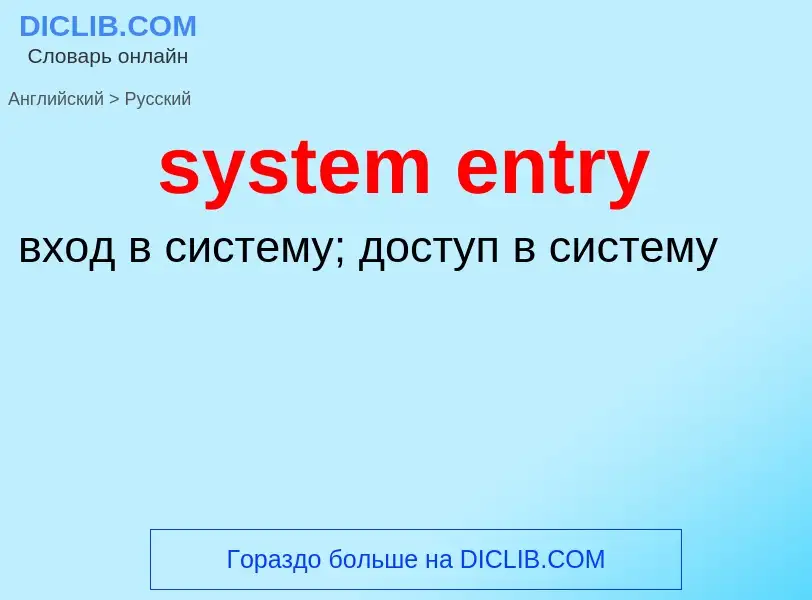Tradução e análise de palavras por inteligência artificial ChatGPT
Nesta página você pode obter uma análise detalhada de uma palavra ou frase, produzida usando a melhor tecnologia de inteligência artificial até o momento:
- como a palavra é usada
- frequência de uso
- é usado com mais frequência na fala oral ou escrita
- opções de tradução de palavras
- exemplos de uso (várias frases com tradução)
- etimologia
system entry - tradução para russo
Смотрите также
[siŋg(ə)l'entri'bukki:piŋ]
бухгалтерский учет
система одинарной записи
простая бухгалтерия (принцип, согласно которому каждая операция отражается или по дебету или по кредиту бухгалтерского счета)
бухгалтерия
бухгалтерский учёт по системе одинарных записей
синоним
антоним
Wikipédia
Single-entry bookkeeping, also known as, single-entry accounting, is a method of bookkeeping that relies on a one-sided accounting entry to maintain financial information. The primary bookkeeping record in single-entry bookkeeping is the cash book, which is similar to a checking account register (in UK: cheque account, current account), except all entries are allocated among several categories of income and expense accounts. Separate account records are maintained for petty cash, accounts payable and receivable, and other relevant transactions such as inventory and travel expenses. To save time and avoid the errors of manual calculations, single-entry bookkeeping can be done today with do-it-yourself bookkeeping software.
Double entry accounting often requires commitment which most sole proprietors cannot afford to do or simply not interested in it. Among these types of businesses it is common for them to only keep records of bill payments and cash they received during the course of the business. Nonetheless, there is some level of record keeping as these businesses are keeping track of income and expenditure of the business. As such, the practice of keeping partial records of business related transactions which is outside the requirements of double entry book keeping is called “single entry accounting” / “Accounting for incomplete records”.
Most businesses maintain a record of transactions using double-entry bookkeeping. However, many smaller businesses use single-entry books that record the "bare essentials." In some cases, only records of cash, accounts receivable, accounts payable and taxes paid may be maintained.
This type of accounting with additional information can typically be compiled into an income statement and statement of affairs by a professional accountant.

